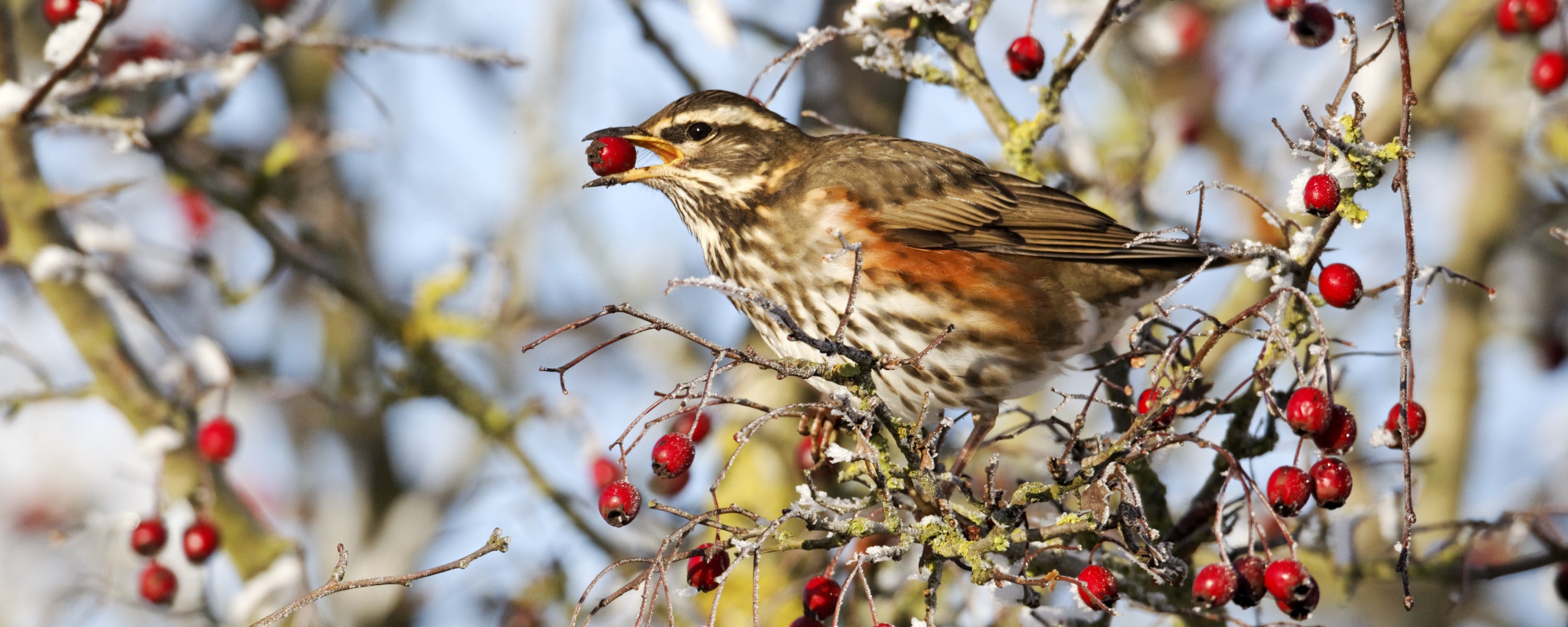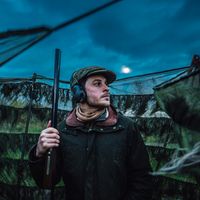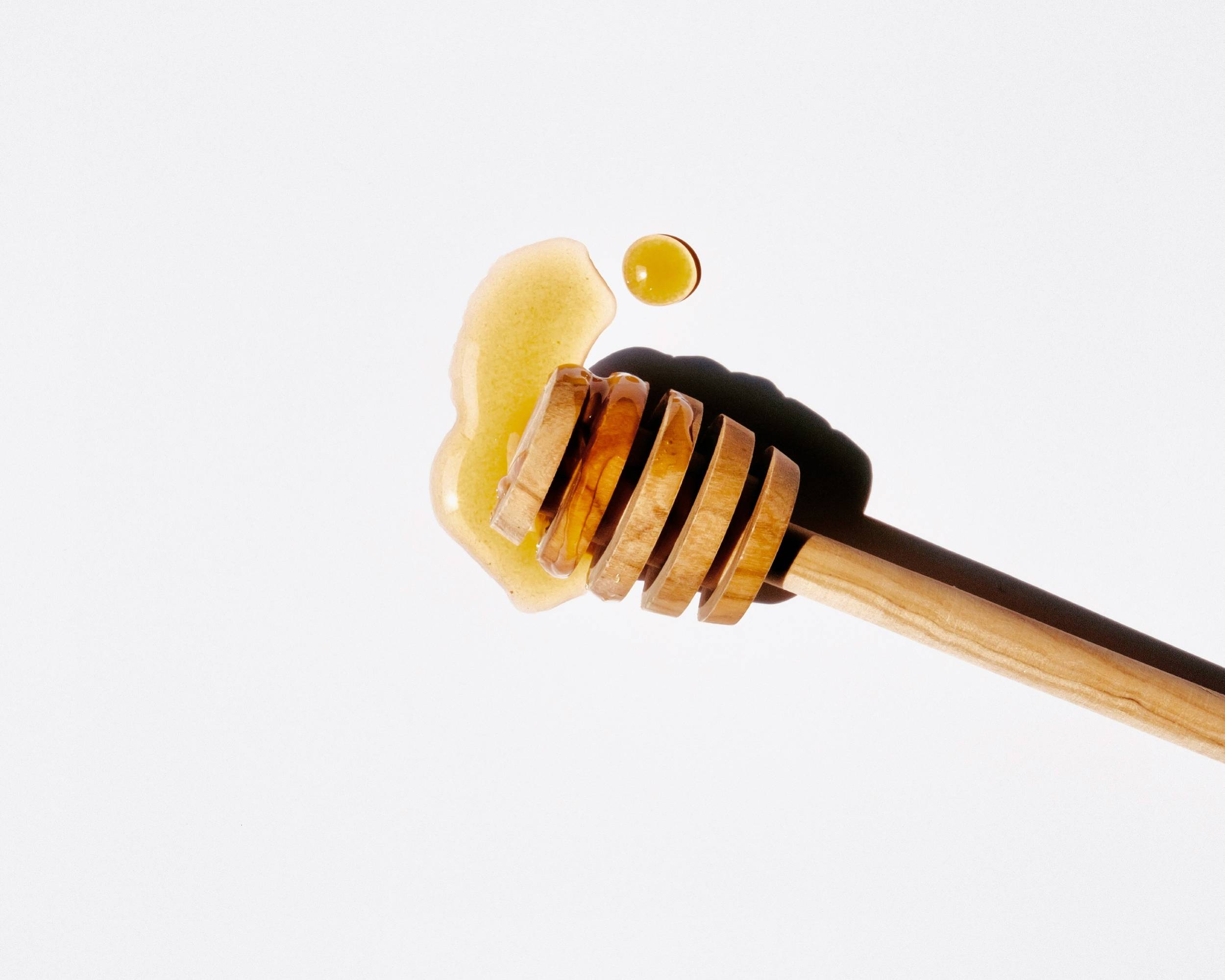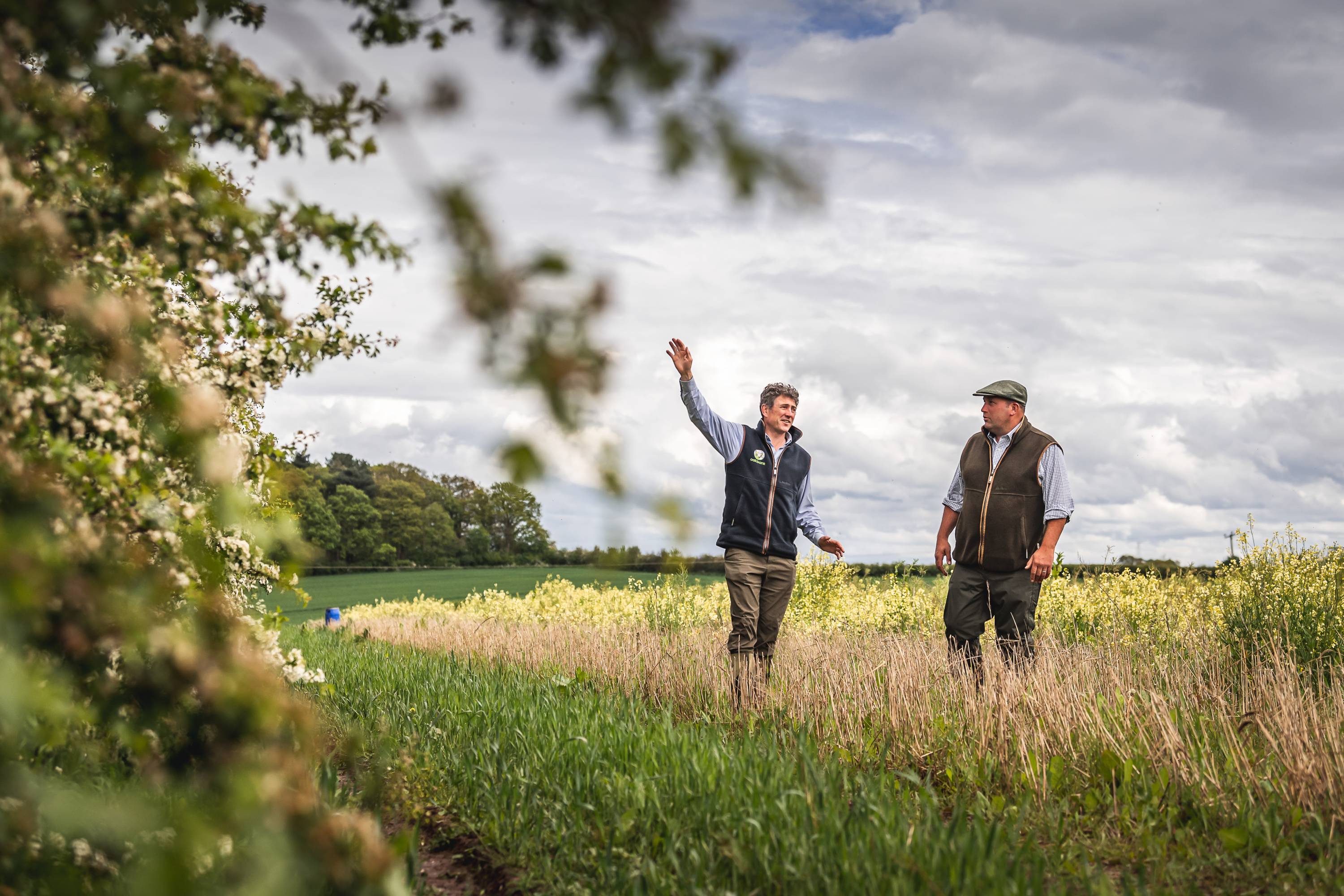

The GWCT Big Farmland Bird Count
From 2–18 february, farmers and land managers are encouraged to spend half an hour of their time recording bird numbers on their patch as part of a valuable nationwide survey.
Go on, guess… How many species of birds live on farmland in the UK? Fifty? A hundred? More?
Since 2014, the Game & Wildlife Conservation Trust (GWCT) has organised the annual Big Farmland Bird Count (BFBC) in search of the answer. The country-wide survey aims to provide a snapshot of bird populations on British farmland during a specific period. Think of it as a large monitoring programme that helps to measure the value and raise awareness of conservation work carried out by landowners and their tenants.
Crucially, the Big Farmland Bird Count relies on the input of as many people as possible. Since its inception a decade ago, results from more than 11,000 counts have been submitted to the GWCT. Last year, 149 species were recorded across more than 1.5 million acres by 1,700 people who counted more than 460,000 birds. Thirty-three of those species feature on the Red List for Birds of Conservation Concern.
The importance of farmland habitats for birds
According to the British Trust for Ornithology (BTO), the number of wild birds in Britain has fallen by 73 million since 1970. A staggering 63% of farmland bird species have shown a decrease in that time, with the likes of the turtle dove, grey partridge, tree sparrow and corn bunting being hit particularly hard.
So, how can we help? And how are we helping?
For a long time, the GWCT has championed the ‘three-legged stool’ approach to conservation, emphasising the importance of habitat management, supplementary feeding and predator control. The science has proven that, providing these three fundamental ingredients are present, a real difference can be made to reversing biodiversity decline.
It’s no secret that many farmers and shoots invest in the establishment and management of woodlands, hedgerows and cover crops that provide food and shelter for farmland birds. They also employ some 6,000 gamekeepers, who manage predators and provide gamebirds and songbirds with food when they need it most. Surveys like the BFBC help to recognise and celebrate this valuable contribution to wildlife conservation, and further bolster citizen science efforts going forwards.
When is the GWCT big farmland bird count, and how does it work?
This year, the Big Farmland Bird Count runs from 2-18 February. It’s simple to take part in, requiring little more than 30 minutes and a pair of binoculars, but there are a few things to bear in mind if you want to optimise results.
Where you choose to carry out the survey can make all the difference. A sheltered and relatively undisturbed area close to where birds feed is ideal. If possible, opt for a spot from which you can see at least a couple of hectares. If you have time to visit several locations across the farm or estate, even if that’s on different days, all the better.
Timing is also key. Birds are particularly active at first light, so aim to put aside half an hour one morning. Calm, dry conditions are best.
Once in position, make a simple record of every species seen and the numbers of each. Note down the surrounding and adjacent habitats and cropping, too. There is a printable count sheet available to download online.
The final step is to enter your results online at www.bfbc.org.uk. This is the easiest and fastest way to share your data with the GWCT.
How to identify farmland birds
If you need some help separating your cirl buntings from your twites, take a look at the GWCT’s online resources. Or why not enlist the help of a friend in the know?
As a separate exercise, you might like to experiment with an app like Merlin Bird ID by Cornell Lab, a tool that allows you to identify birds in several different ways, including photo uploads and an audio recognition tool. Many of these apps are free and easy to use.
When are the results of the GWCT big farmland bird count released?
The data and feedback are as interesting as they are valuable. Sixty-two per cent of participants in 2023, for example, were shown to be involved in an agri-environment scheme, while 47% provided supplementary feed to help birds through the winter. Blackbirds, woodpigeons and robins were the species spotted most often and were present on seven out of ten farms, while more than half of participants saw at least one buzzard and a quarter saw a kestrel. You can read more here.
The 2024 results are expected to be published in spring.
For more information, FAQs and videos, click here.



















